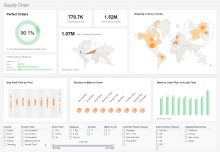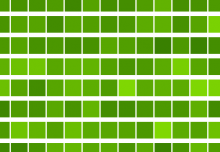This post is the fourth in a series discussing a simple machine learning use case for a mobile app provider. The link to the full case study can be found at the end of the post. The first post can be found at https://www.inetsoft.com/blog/machine-learning-concepts-defining-churn-predictive-metrics/
You might assume machine learning visualization requires a high powered server or even a cluster of machines. But in fact, getting started with machine learning with a PC is quite common. The machine power needed is driven by a combination of data volume and algorithm complexity.
The most resource heavy phase in machine learning is model building. This is where labeled data (meaning the outcome you are trying to predict has been associated with each record, in the use case we have been discussing, a user who has churned or not) is examined by an algorithm. For more demanding algorithms, it can take several hours on a regular PC. People simply let it run overnight.
Model building can be an iterative process where various approaches and algorithms are tested by trial and error, trying to maximize the percentage of accuracy. This is where a more powerful infrastructure can help. But starting small is always the more sensible approach.
For visualization of the results of machine learning models, most of the time you will need to export the results into a spreadsheet and manually create a chart in Excel, for instance. Or, with a unified solution like InetSoft’s, no export is necessary, and an easy to use chart designer is already included.
The full case study can be found at https://insidebigdata.com/2017/04/14/predicting-mobile-app-user-churn-training-scaling-machine-learning-model/
To interact with live visual analytics examples, try https://www.inetsoft.com/evaluate/bi_visualization_gallery/
The next post in the series is at: https://www.inetsoft.com/blog/machine-learning-algorithm-used-churn-case-study/









